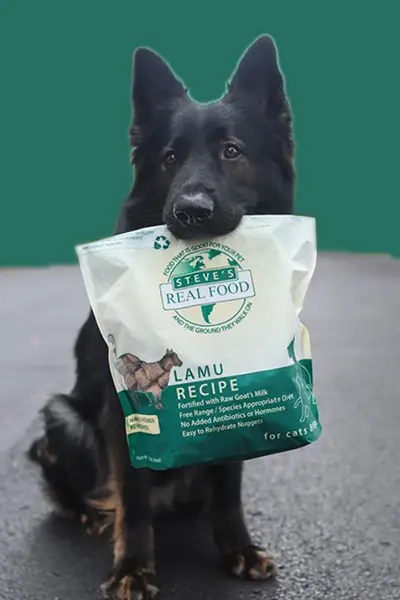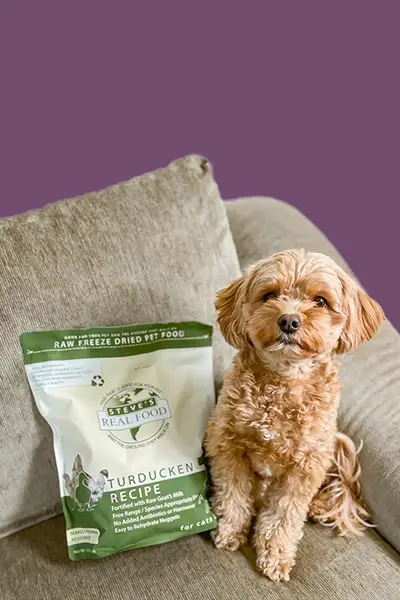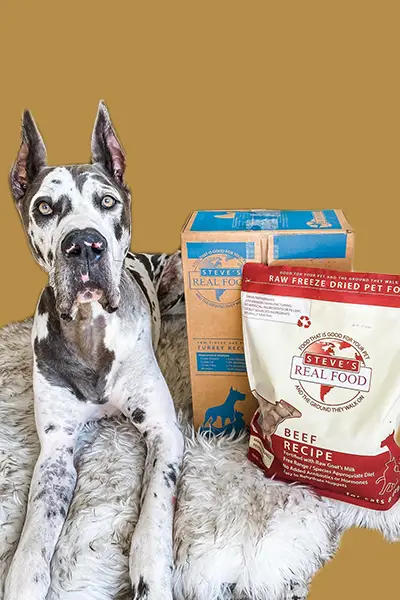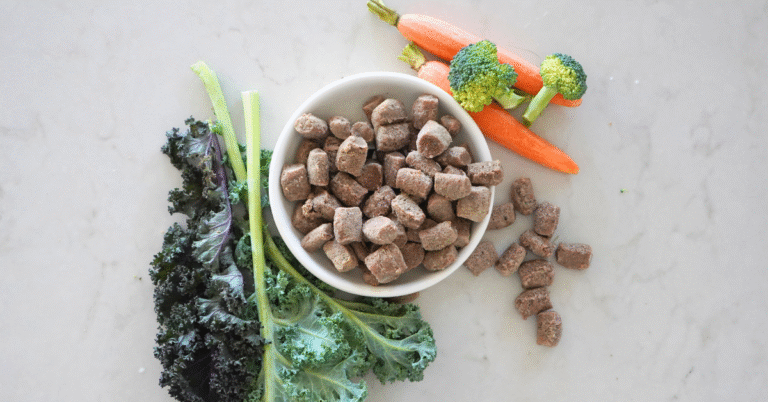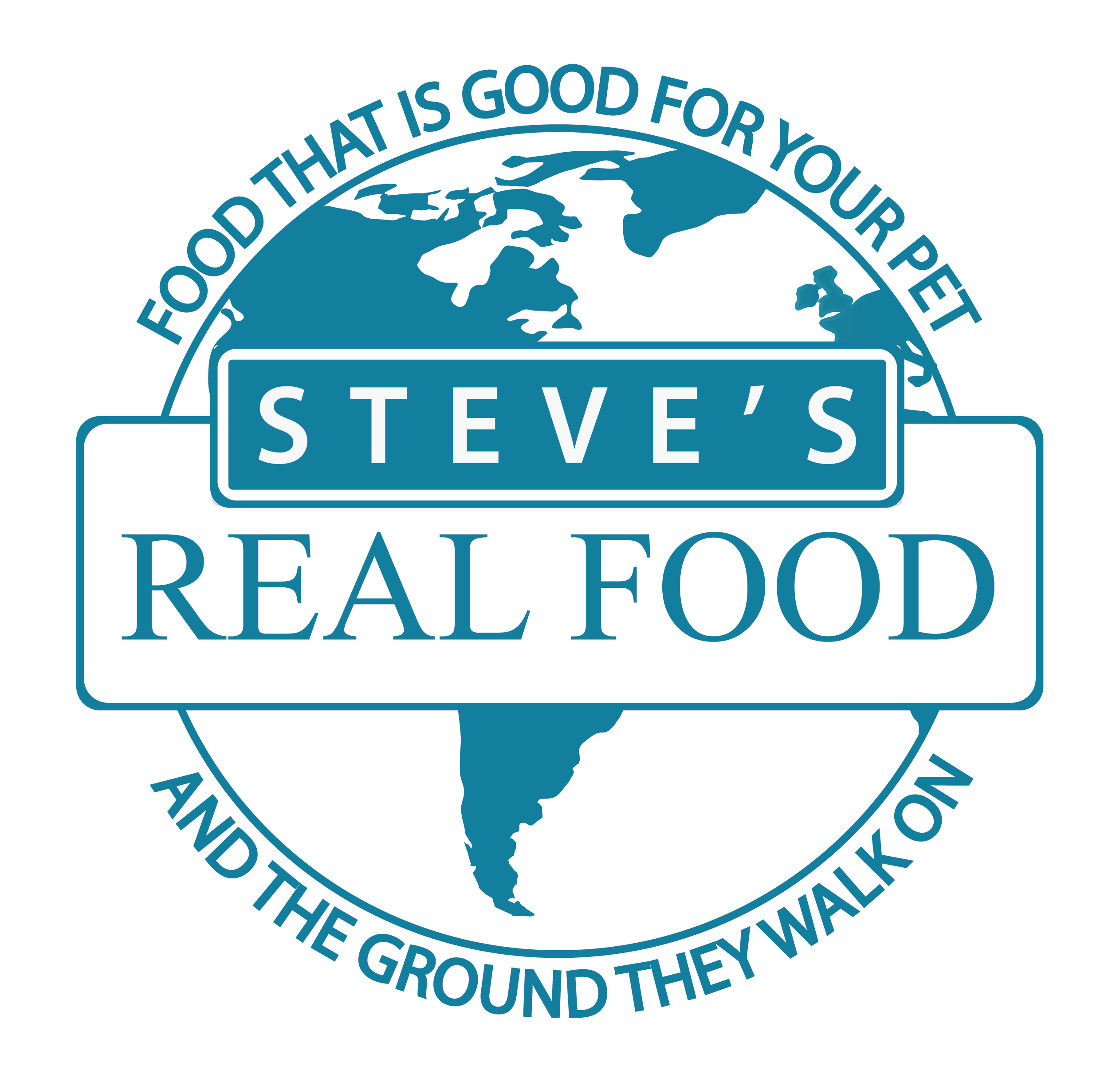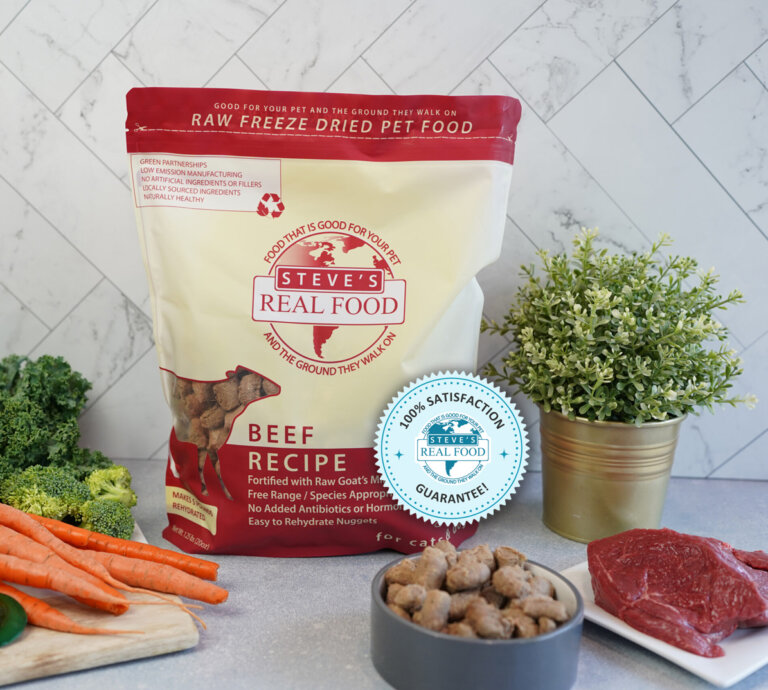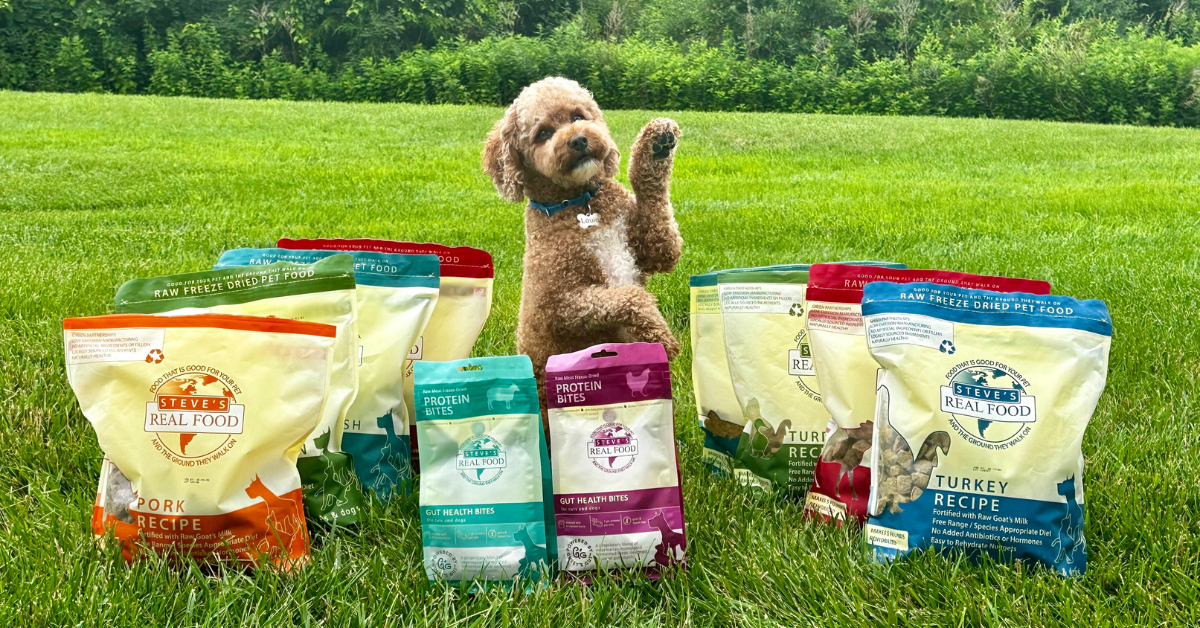What are Toxins?
A toxin is some kind of harmful matter in the body that builds up over time and overwhelms systems, causing them to work less efficiently, or not at all. Toxins can come from a source within the body, such as accumulated cellular or bacterial waste, or they can come from an external source like heavy metals, poor air quality, or chemicals found in the home or common pet products.
How do Toxins Harm my Pet?
As toxins build up, our pets’ bodies become less and less able to flush them. Eventually, both internal and external toxins can cause harmful conditions or diseases such as liver failure, malnutrition, allergic reactions, respiratory failure, and digestive issues. The body has two big organs that help filter toxins: the liver and kidneys. The liver removes toxins in a two-step process to create water-soluble toxins that can be flushed out of the body through the kidneys and gastrointestinal tract. If any of the steps in this process go awry, things can get backed up. As a secondary measure, the lungs, skin, large intestine, and bladder can also process small amounts of toxins, but because that is not their primary function, they easily get overwhelmed and cannot do their day-jobs as well, which causes even more harmful conditions.
How Does Detoxification Work?
The primary goal of detoxification is to increase liver and renal support so those organs are functioning properly to remove toxins and prevent build-up. This is best achieved by eating the correct kinds of foods, so there goes the notion of fasting or highly restrictive diets. The most effective elements in detox are water, antioxidants, enzymes, amino acids, vitamins, and minerals such as selenium and sulfur. When the body is receiving these ingredients, it is able to complete the phases of detoxification and kick out the toxins. Luckily for us and our pets, raw food diets are a great source for all of these things. Raw organ meat is especially high in folate and vitamins A, B12, B6, and E. Raw fruits and veggies are a great source of bioavailable vitamins and minerals, and cruciferous veggies are a great source of sulfur. And of course, all raw food is high in (intracellular)moisture, enzymes, and amino acids!
Symptoms of a Pet Detoxing
Sometimes when your pet’s body is working overtime to get rid of waste or adjust to a new routine, you might notice a few temporary changes:
- Decreased energy
- Extra shedding
- “Slimy” poop (a thin coating of mucus)
- Itching, especially paws and ears
Remember that these are temporary symptoms and a totally normal step on the way to better health. Symptoms should clear up in about two weeks, though some can persist for a few months. However, if symptoms become overwhelming for you or your pet, or they persist beyond what you consider a reasonable timeframe, consider introducing the raw food more slowly or adding goat milk to your pet’s diet to aid in digestion. And as always, if you ever feel a serious health concern for your pet, contact your veterinarian.
How to Help Your Pet Through Detoxing?
Here are a few gentle ways to support their natural detox systems:
Fresh, clean water: Staying hydrated is key to flushing waste from the body.
Exercise and movement: Activity helps stimulate circulation and lymphatic drainage.
Regular grooming: Brushing helps remove loose hair, dead skin, and surface pollutants.
A clean environment: Use pet-safe cleaners and avoid spraying chemicals on grass or walkways.
Nutritious food: Look for simple, high-quality ingredients with minimal fillers or preservatives.
Final Thoughts
Your pet is already equipped with the tools they need to stay balanced and healthy. By offering a clean environment, good hydration, and a little support, you can help their body do what it’s naturally meant to do—thrive.
 Beef
Beef Chicken
Chicken Whitefish
Whitefish Pork
Pork Lamb
Lamb Turkey
Turkey Turducken
Turducken All Protein
All Protein Beef
Beef Chicken
Chicken White Fish
White Fish Pork
Pork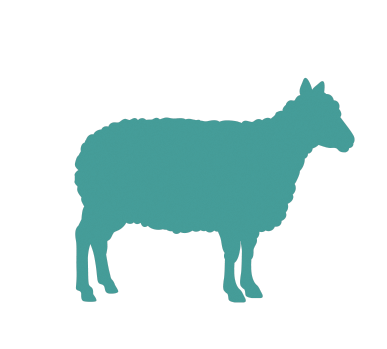 Lamb
Lamb Turkey
Turkey Duck
Duck All Products
All Products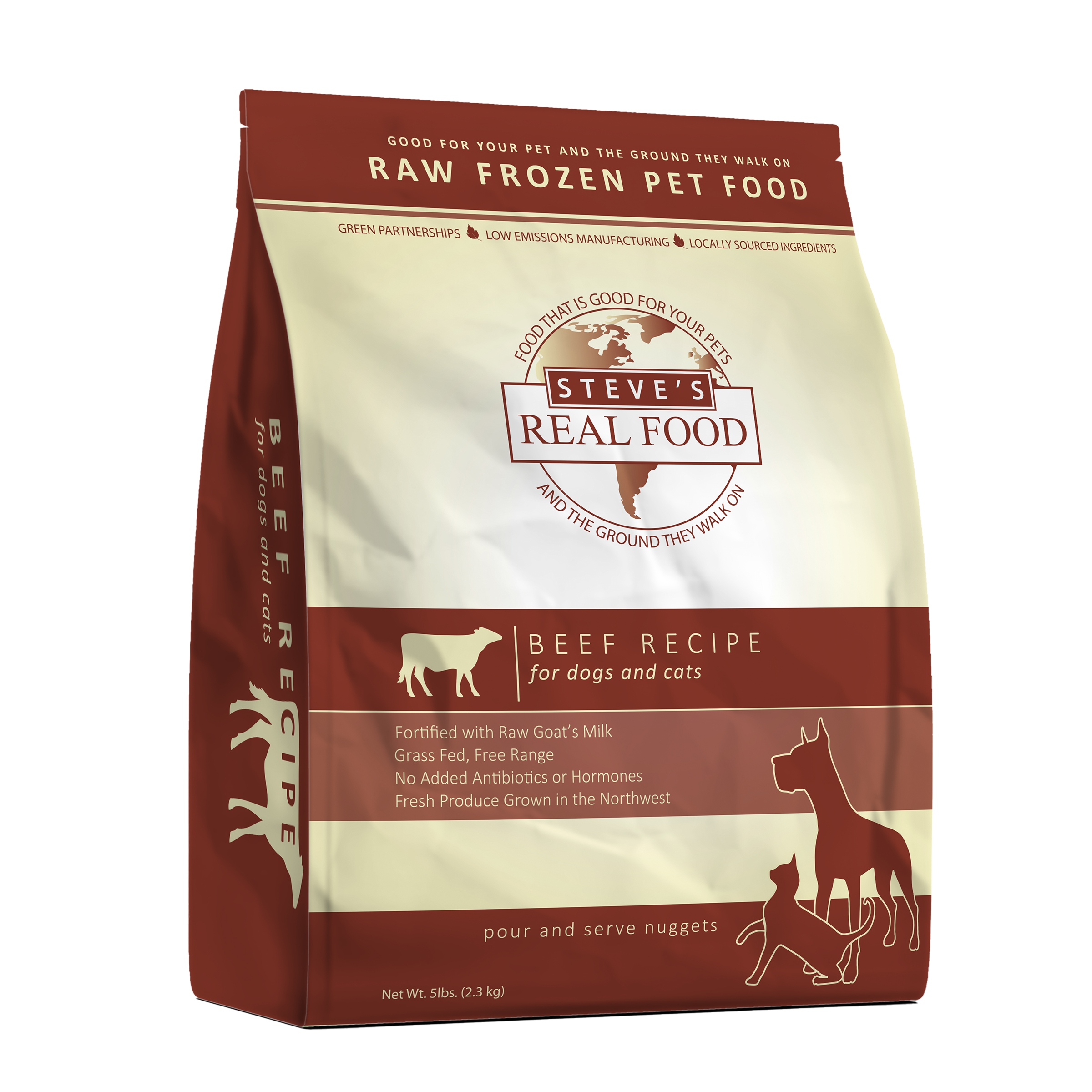 Frozen Raw Pet Food
Frozen Raw Pet Food
 Freeze Dried Raw Pet Food
Freeze Dried Raw Pet Food
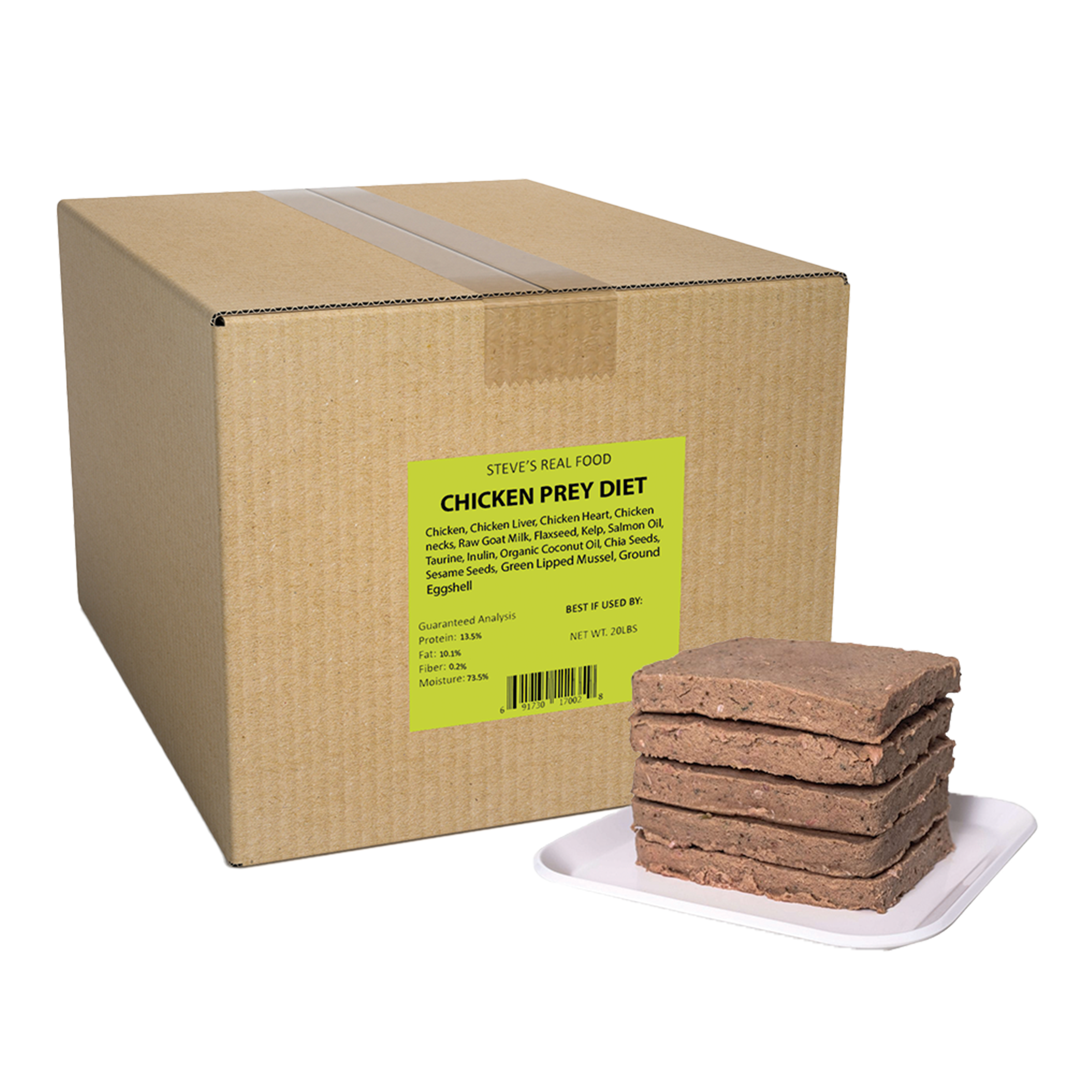 Frozen Prey Diet
Frozen Prey Diet
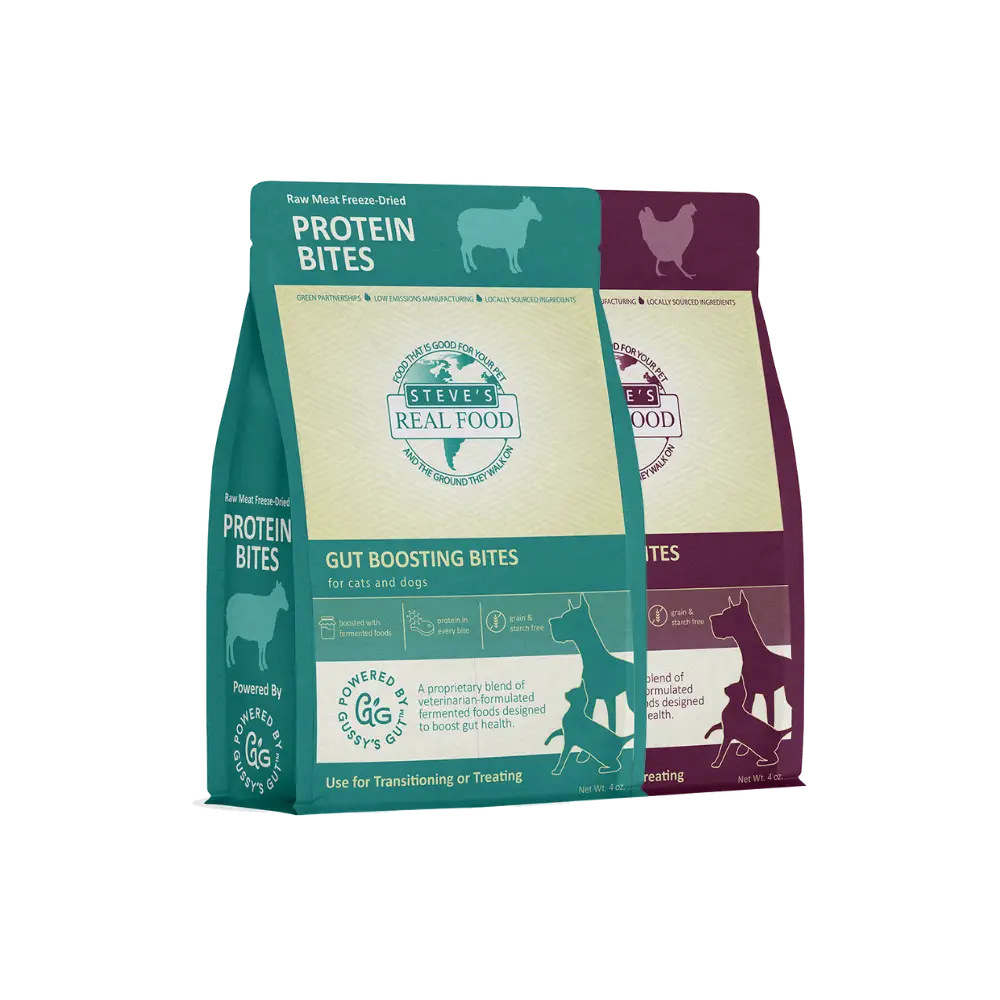 Freeze Dried Protein Bites
Freeze Dried Protein Bites
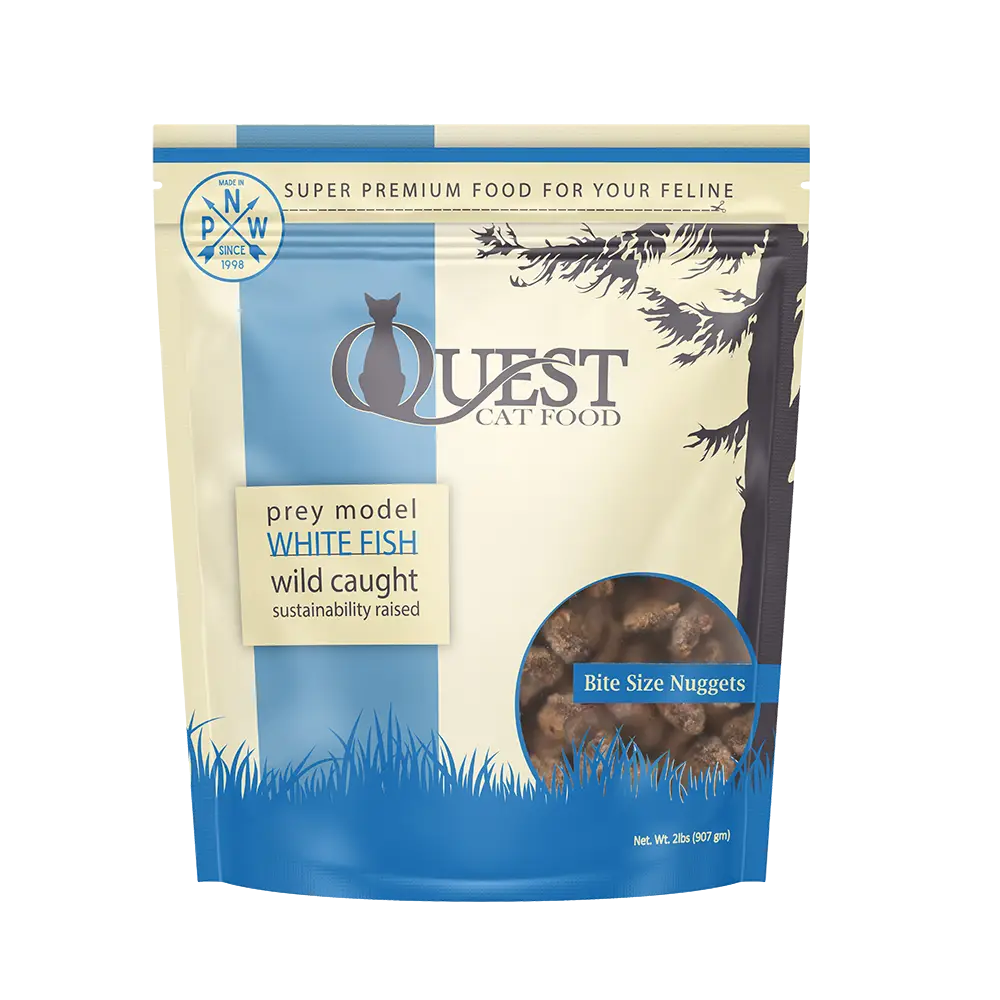 Frozen Quest
Frozen Quest
 Freeze Dried Quest
Freeze Dried Quest
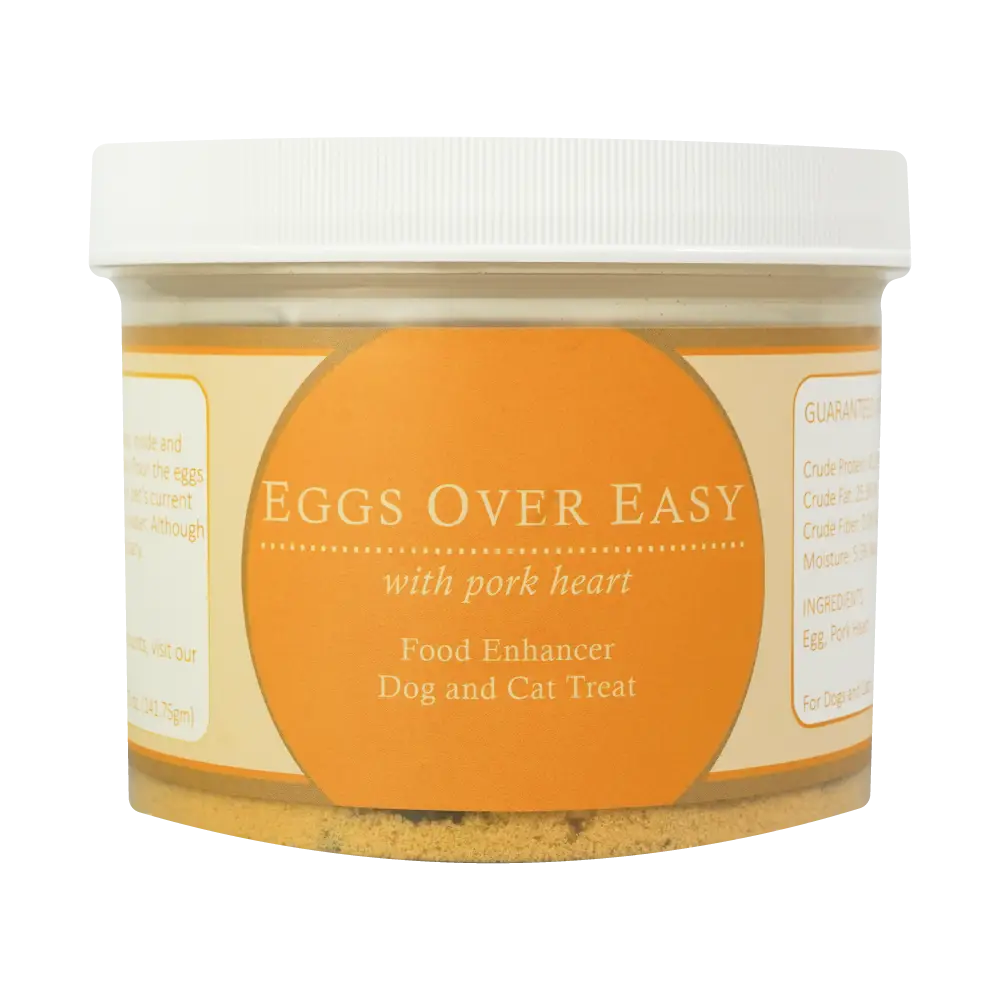 Eggs over Easy
Eggs over Easy
 Steve's Merch
Steve's Merch 

